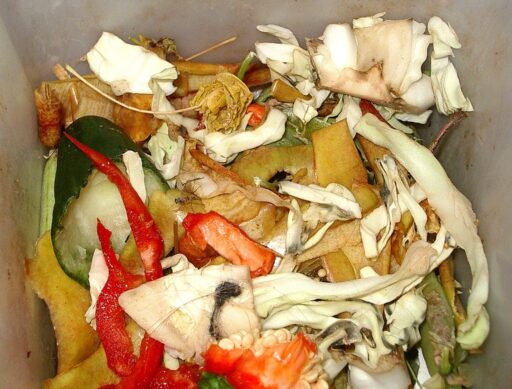
Blog
Hunger Action Month: Shocking Facts About Food Waste
Wasting food negatively affects food security, nutrition, the environment, and the economy. Successfully dealing with it remains a great challenge, especially in northern New Jersey.
In recognition of Hunger Action Month, we wanted to share these shocking facts about food waste in the hope of encouraging others to join us in our mission of rescuing food, reducing waste, and relieving hunger.
Note: These shocking facts about food waste were first published on Earth.org, a leading environmental news website.
- Roughly one-fifth of the food produced that is intended for human consumption every year – around 1.3 billion tons and valued at $1 trillion – is wasted or lost. That is enough to feed 3 billion people.
- Food waste ends up wasting a quarter of our water supply in the form of uneaten food. That’s equated to $172 billion in wasted water.
- Taking into account all the resources used to grow food, food waste uses up to 21% of freshwater, 19% of fertilizers, 18% of cropland, and 21% of landfill volume.
- The food currently wasted in Europe could feed 200 million people, in Latin America 300 million people, and in Africa 300 million people.
- Annual per capita waste by consumers is between 95-115 kilograms (210-253 pounds) a year for Europeans and North Americans, while in South and Southeast Asia, it is 6-11kgs (13-24 pounds).
- Food loss and waste account for about 4.4 gigatons of greenhouse gas emissions annually.
- Developed and developing countries waste or lose roughly the same amount of food every year, at 670 and 630 million tons respectively. Around 88 million tons of this is in the EU alone.
- Breaking it down by food group, losses, and waste per year are roughly 30% for cereals, 40-50% for root crops and fruit and vegetables, 20% for oil seed and meat and dairy, and 35% for fish.
- If 25% of the food currently being lost or wasted globally was saved, it would be enough to feed 870 million people around the world.
- In developing countries, 40% of losses occur at the post-harvest and processing stages, while more than 40% of losses in developed countries occur at the retail and consumer levels.
- At the retail level, large quantities of food are wasted because of an emphasis on appearance half of all produce is thrown away in the US because it is deemed too “ugly” to eat; this amounts to 60 million tons of fruits and vegetables.
As New Jersey’s first and largest food rescue, our mission is to reduce food waste and provide nourishment to our food-insecure neighbors throughout North Jersey. We rescue millions of pounds of fresh food annually that would otherwise be wasted and end up in landfills. This contributes to climate change. We deliver it to partner organizations who support the nearly 1 million people in our area who need it most.
Together, we can reduce food waste and make a positive impact on the planet. Every little bit of effort—no matter how small—leads to change.
REAL PEOPLE, REAL STORIES.
December 5, 2025
Exploring the Six Dimensions of Food Security in New Jersey
Food security exists when all people, at all times have physical, social, and economic access to sufficient, safe, and nutritious food that...
December 1, 2025
News 12 New Jersey: Table to Table’s School Partnerships
Editor’s note: This story originally aired on News 12 New Jersey. Click here for the story. News 12 New Jersey ran a...
November 24, 2025
NJ Awards $1.2 Million to Fight Food Insecurity on College Campuses
New Jersey awarded $1.2 million in grants to 36 institutions of higher education to combat food insecurity on their campuses. The grants...













